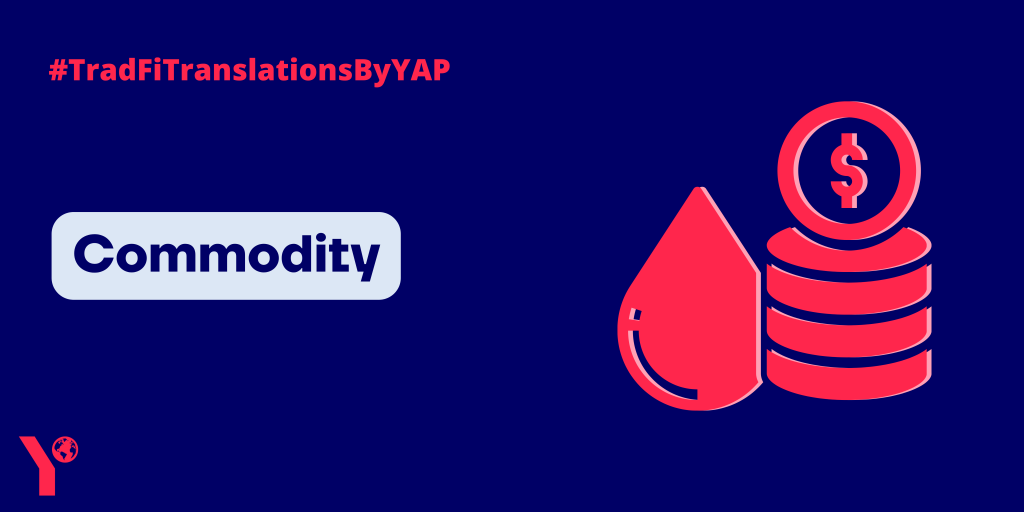In traditional economics, a commodity is a basic, interchangeable good or raw material like oil or gold, often traded on exchanges and priced based on supply and demand. In the context of crypto, the term “commodity” emphasizes a digital asset’s role as a store of value or its utility within a blockchain network. Bitcoin, for instance, is often called “digital gold,” aligning it more with commodities than currencies.
The distinction between traditional and crypto commodities lies in their physical vs. digital nature and their different utilities. From a regulatory perspective, classification, as a commodity implicates specific laws and oversight bodies, like the Commodity Futures Trading Commission (CFTC) and Securities and Exchange Commission (SEC) in the U.S. Traditional commodities, have intrinsic value based on physical properties, while the value of crypto commodities often stems from their network utility or speculative value.
In essence, a cryptocurrency’s classification as a commodity, security, or currency can impact its regulatory treatment. In summary, “commodity” can refer to both traditional raw materials and certain types of cryptocurrencies, each with their own trading, utility, and regulatory implications. Summed up in one sentence, a commodity is an asset that is physical or digital which acts as a store of a value which can be openly exchanged.
